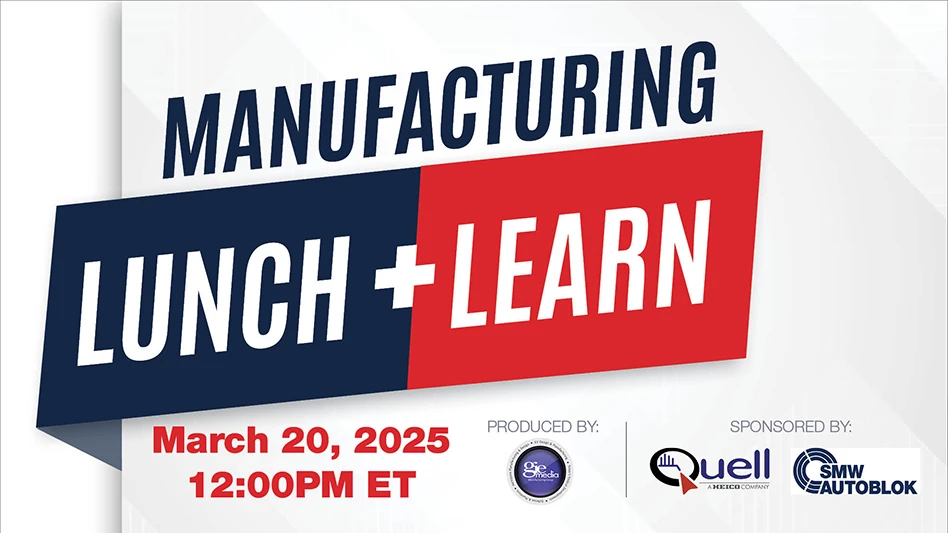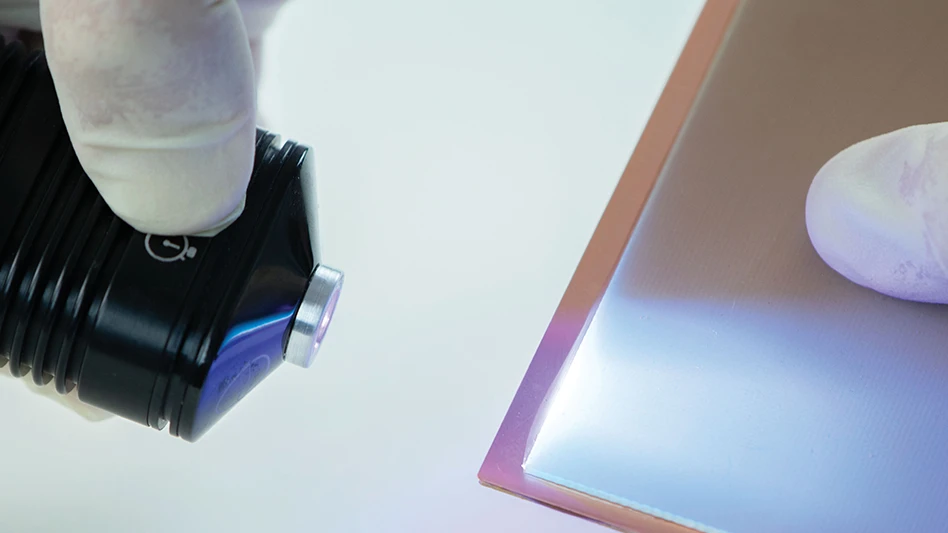
A 3D-printed device could someday help patients with long-term spinal cord injuries regain some function, according to a team of engineers and medical researchers at the University of Minnesota.
The silicone guide serves as a platform for specialized cells that are then 3D printed on top of it. The guide would be surgically implanted into the injured area of the spinal cord where it would serve as a bridge between living nerve cells above and below the injury area. Researchers hope the device will alleviate pain and allow patients to regain functions such as control of muscles, bowel, and bladder.
“This is the first time anyone has been able to directly 3D print neuronal stem cells derived from adult human cells on a 3D-printed guide and have the cells differentiate into active nerve cells in the lab,” says Michael McAlpine, Ph.D., a co-author of the study and University of Minnesota Benjamin Mayhugh Associate Professor of Mechanical Engineering in the university’s College of Science and Engineering.
Developed during the last two years, the process starts with any kind of cell from an adult, such as a skin cell or blood cell. Using new bioengineering techniques, the researchers reprogram the cells into neuronal stem cells. The engineers print these cells onto a silicone guide – the same 3D-printing technology crafts the guide and cells. The guide keeps the cells alive and allows them to change into neurons. The team developed a prototype guide that would be surgically implanted into the damaged part of the spinal cord and help connect living cells on each side of the injury.

Explore the September 2018 Issue
Check out more from this issue and find your next story to read.
Latest from Today's Medical Developments
- Kistler offers service for piezoelectric force sensors and measuring chains
- Creaform’s Pro version of Scan-to-CAD Application Module
- Humanoid robots to become the next US-China battleground
- Air Turbine Technology’s Air Turbine Spindles 601 Series
- Copper nanoparticles could reduce infection risk of implanted medical device
- Renishaw's TEMPUS technology, RenAM 500 metal AM system
- #52 - Manufacturing Matters - Fall 2024 Aerospace Industry Outlook with Richard Aboulafia
- Tariffs threaten small business growth, increase costs across industries





